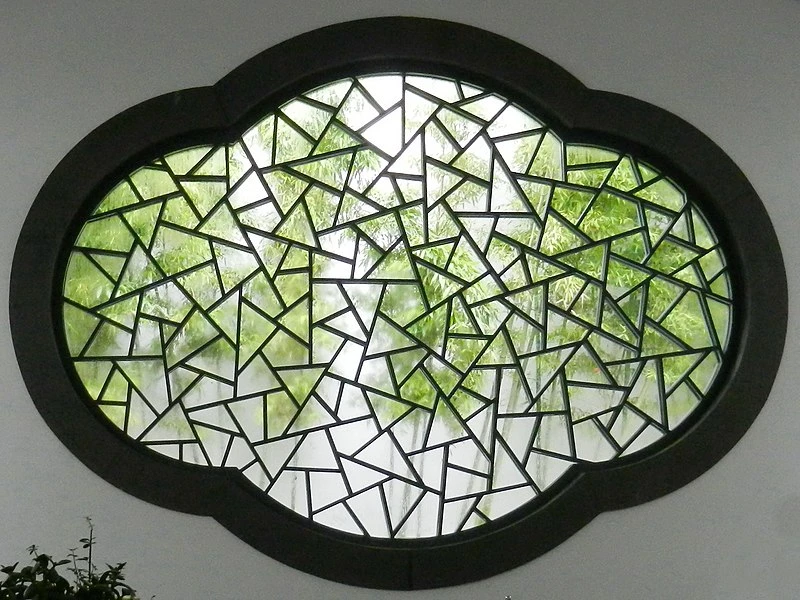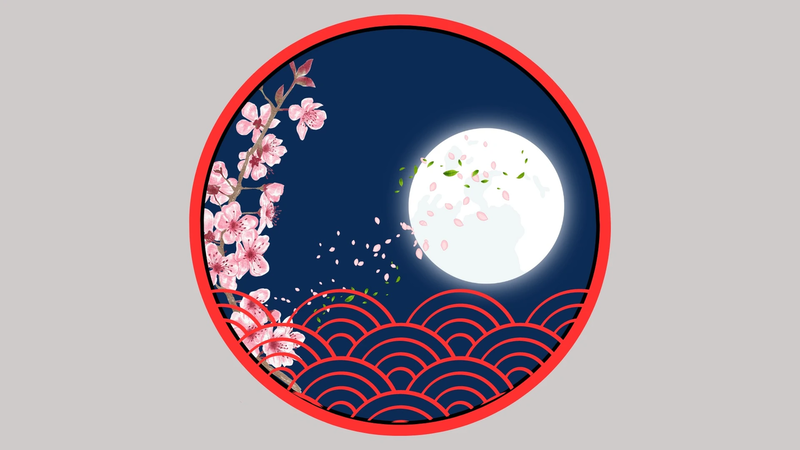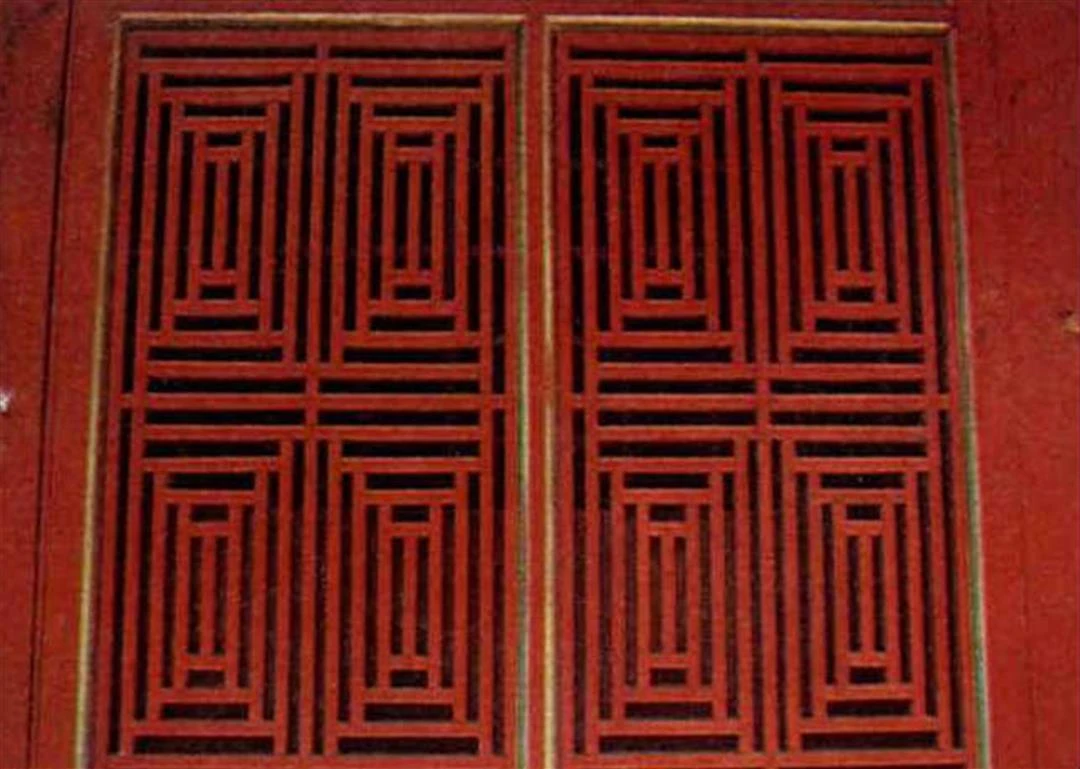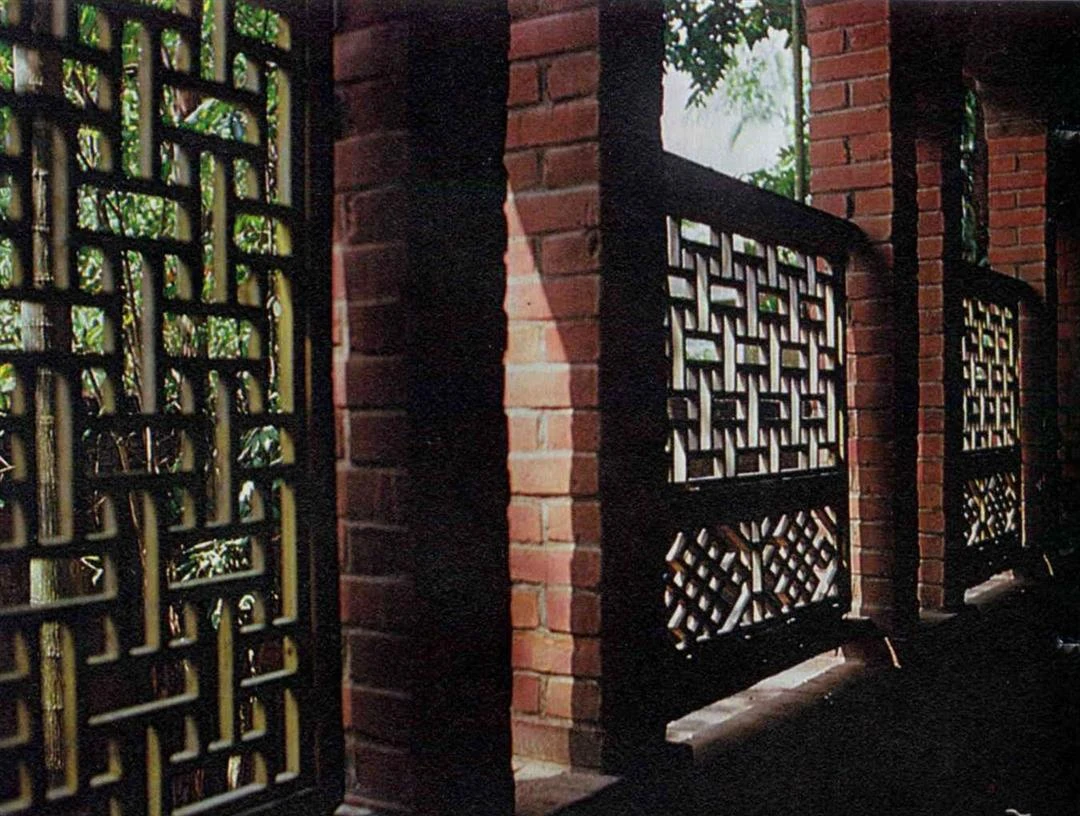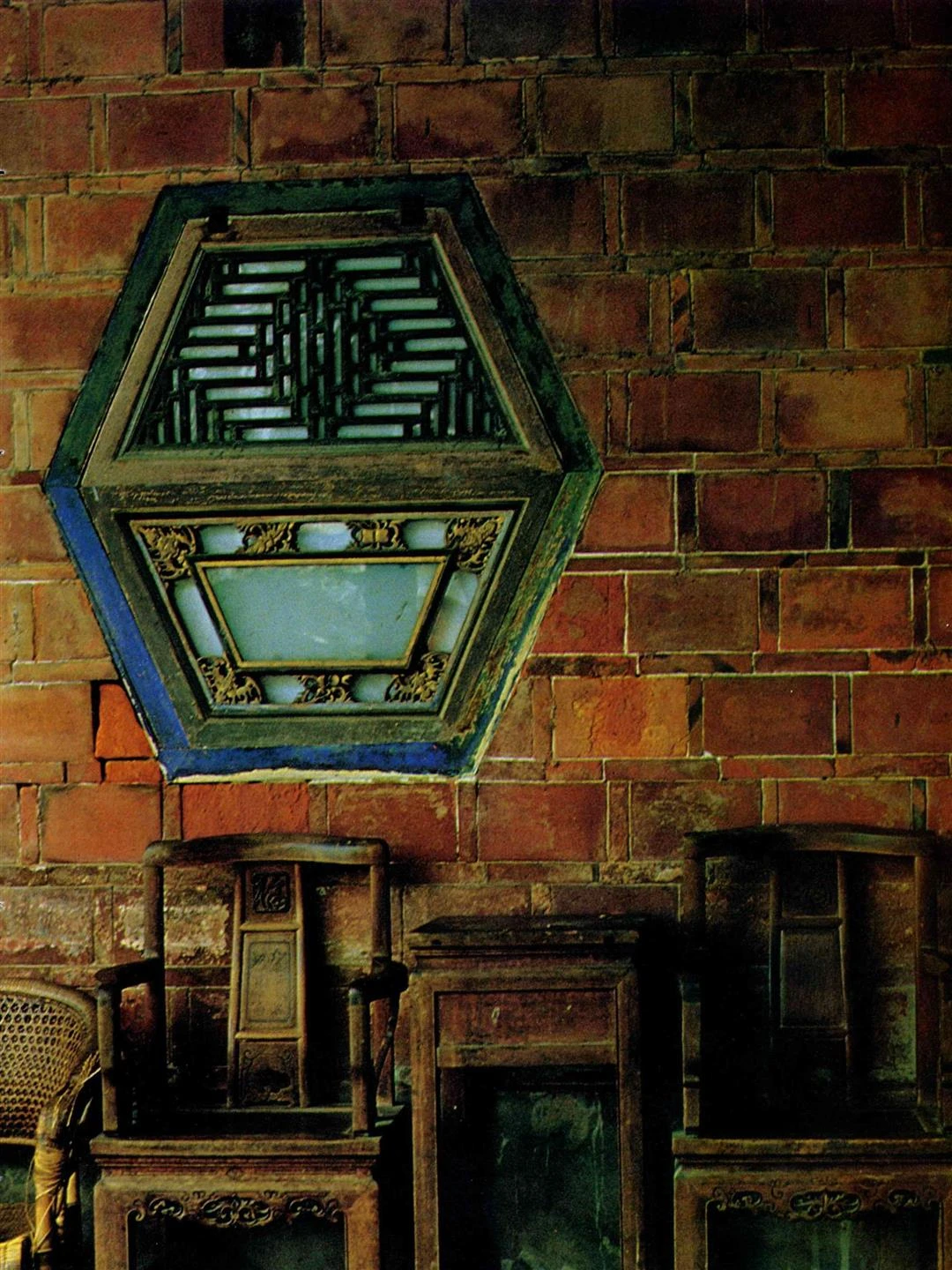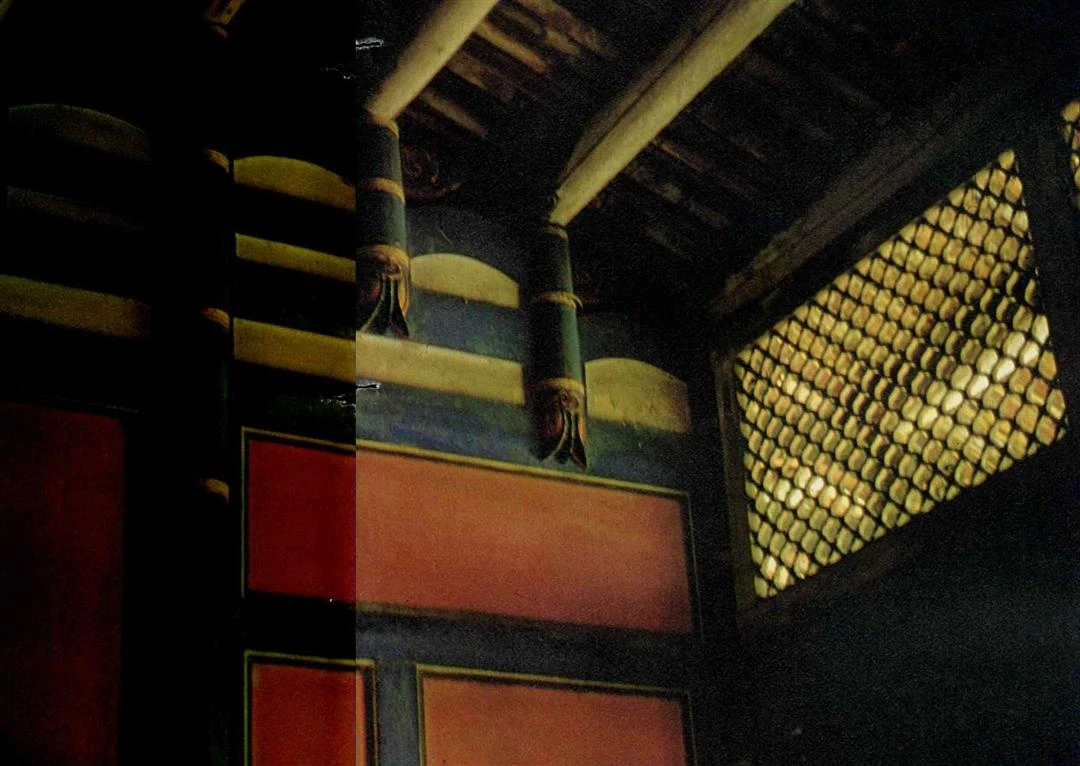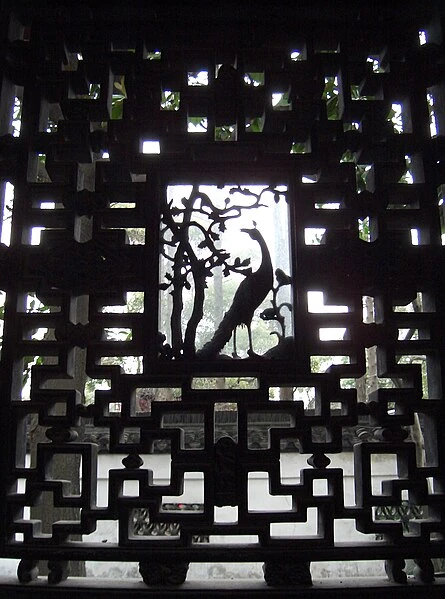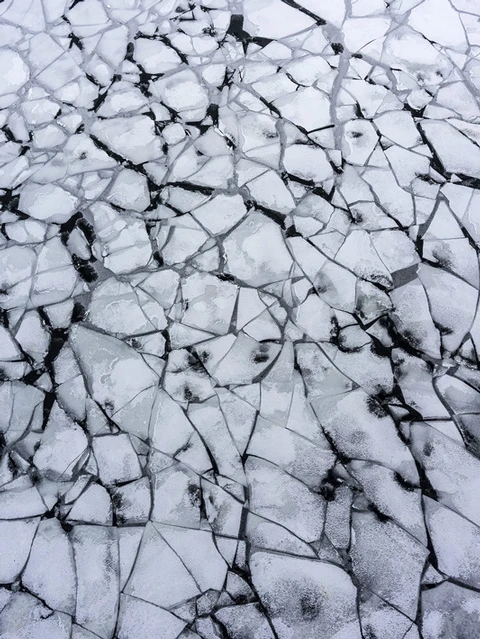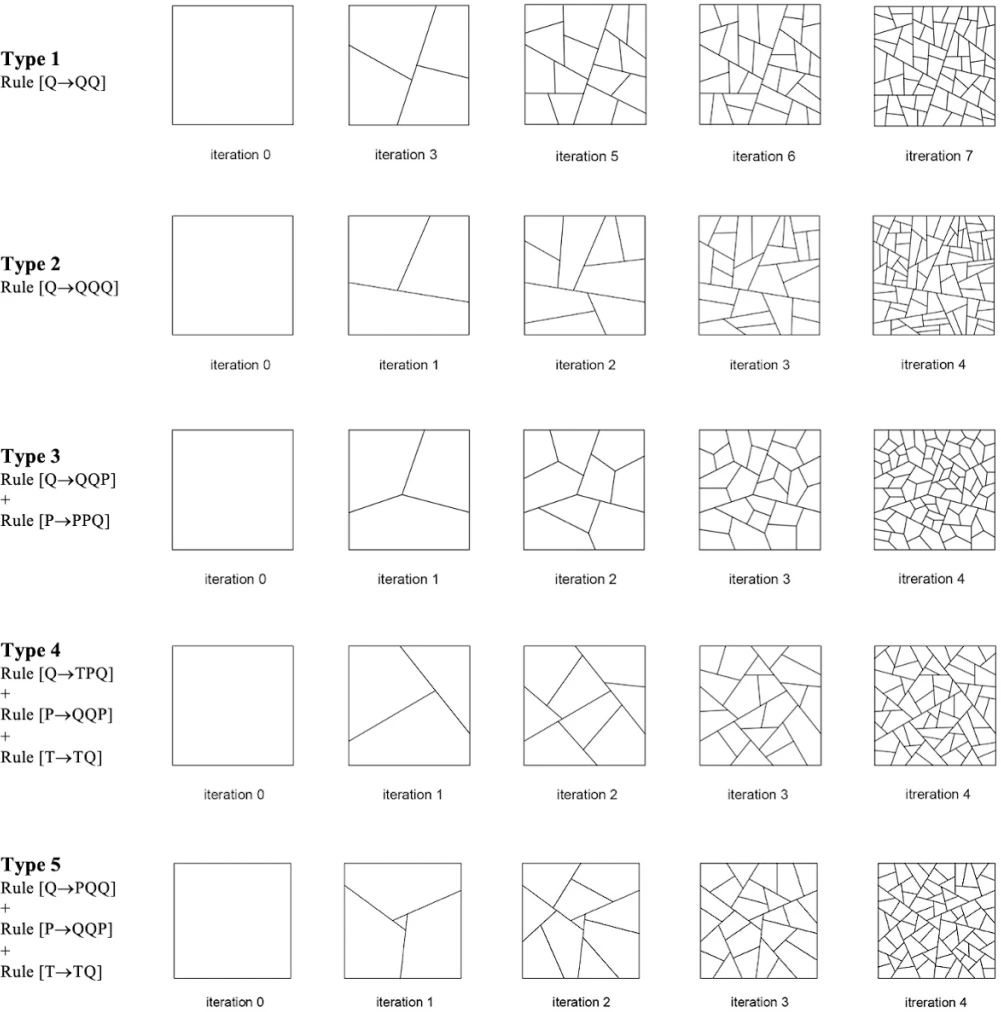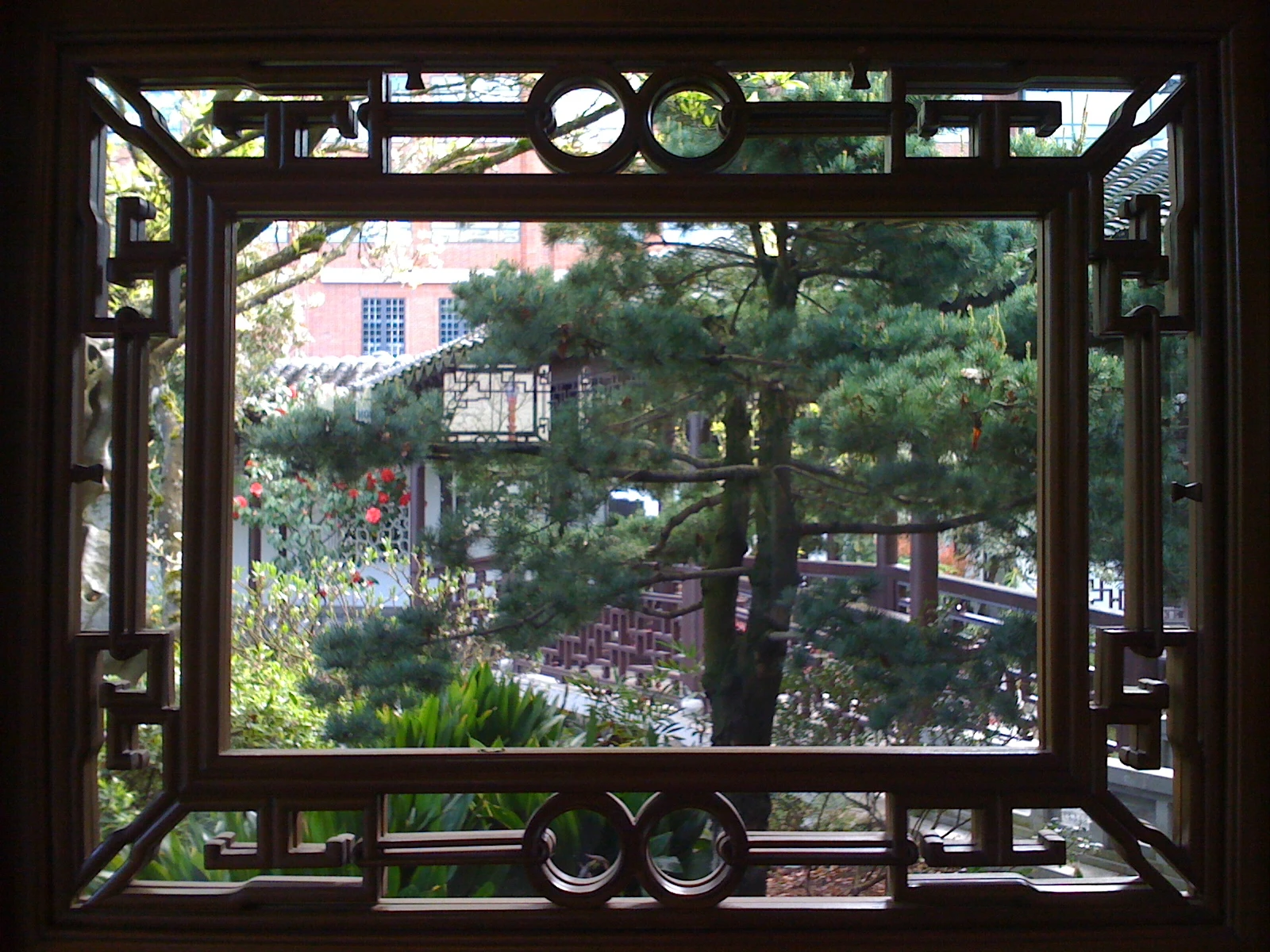You might think, 'Is the author crazy? A full article about windows?' Yes and yes. But you know the saying - something about eyes and windows... I don’t know... So keep your eyes on THESE windows and let me make it even worse by inserting a poem.
The article will not take more than 5 minutes, less if you only look at the pictures (yes, I see you!).
Quiet Night Thought (Chinese: 靜夜思) by Li Bai
床前明月光
疑是地上霜
舉頭望明月
低頭思故鄉
Thoughts in the Silent Night, translation by Fercility Jiang
Moonlight shining through the window
Makes me wonder if there is frost on the ground
Looking up to see the moon
Looking down I miss my home town
The connection between windows and nature has been referenced in Chinese poetry throughout the ages.
There are many types, styles, and colors of traditional Chinese windows, combining beauty with practicality and tradition with novelty. These windows are always in harmony with nature, as is typical in Chinese architecture, allowing the feeling of wind, rain, and light to pass through (hence the poems!).
Buildings and windows, included, have had to consider feng-shui, the forces of "wind and water" in traditional geomancy (earth divination), as well as the powers of Yin and Yang. When it comes to the exterior windows, their shapes are varied and unregulated. However, there are strict regulations governing the bars in the windows. There must be an odd number of bars, leaving an even number of spaces. This is because of the yin-yang philosophy. According to this philosophy, bars, which are solid, are yang and thus odd, while spaces are yin and even.
The first windows in China, dating back to the Han dynasty (206 BC – AD 220), but possibly even earlier, were mostly rectangular, diagonally latticed, and made of wood, although other shapes also appeared.
By the time the Tang Dynasty (618 – 907) came and went, windows were mostly straight latticed. Window designs, often matched by doors, became more complex and varied with time, reaching their peak in the Ming and Qing dynasties (1368 – 1911).
Lattice meshwork was originally necessary to support the semi-opaque paper "windows" in the pre-glass years. However, oftentimes the paper was not used, permitting more light and air to enter the house.
There are four basic styles of Chinese windows: keshan, chienchuang, chihchaichuang, and hengpi.
The Keshan (Ke shan): It is usually rectangular, with the height considerably greater than the width. Divided into unequal fourths corresponding to human anatomy (head, torso, legs, and feet). It can actually be hinged and become a door - if it can open, it is a door; if not, a window.
Chienchuang (Chien chuang): If the lower two portions of the keshan window are removed and replaced with stone or wattle wall, then the result is the chienchuang.
Chihchaichuang (Chih chai chuang): The chihchaichuang is a form of chienchuang that is divided into two parts – the window is laterally divided. The upper half can swing upwards, while the lower half can be removed.
Heng pi: The heng pi is a horizontal window placed above the lintel, and its main use is for ventilation, as only a little light can pass through it. It is more condensed also to prevent bats and small birds from getting in.
Chinese architecture divides walls into two types: exterior and interior. The outside walls are those surrounding the house and garden, the living compound. All four types of windows mentioned above could be used in interior walls as well.
Now for the more nerdy stuff. 🙂
Chinese ice-ray lattice
As mentioned at the beginning of the article, there are some geometric characteristics in traditional Chinese window designs that modern architecture is trying to replicate.
Since traditional Chinese architecture is increasingly sought after by people these days, modern architects are attempting to incorporate traditional aesthetics into their contemporary designs. They aim to blend traditional beauty with modern functionality and effectiveness.
One common traditional design is called the Chinese ice-ray lattice. An intricate design originally inspired by fragmented patterns on ice or crackle-glazed ceramic surfaces, it represents the melting of the ice and the beginning of a thriving spring.
In a book called "A Grammar of Chinese Lattice" (1949), the author Daniel Sheets Dye sets out a catalogue of traditional Chinese lattices constructed between the 10th and 13th centuries and up to 1900 AD. He says: "To appreciate [these] designs ... one needs to see ice forming on quiet water on a cold night. Straight lines meet longer lines, creating unique and beautiful patterns. The Chinese term this ice-line, or lines formed by cracking ice; I have described it as the result of molecular strain in shrinking or breaking, but more recent observations and photographs seem to prove that it is a conventionalization of ice formation which has become traditional." (Dye, 1949, page 298)
The rule for creating ice-ray patterns is actually very simple. A square is first divided into two quadrilaterals, and then each quadrilateral is further divided into two quadrilaterals. In each step, the proportions of the subdivided quadrilaterals are different, and this is how the random pattern is created.
This pattern possesses a unique degree of stiffness yet lightness, which Chinese craftsmen might have intended, allowing it to function as a window fence to provide protection.
Different typologies of ice-ray lattices. P represents pentagon, Q represents quadrilaterals, and T represents triangles. Credit: Dr Rian (XJTLU)
When we examine any traditional design, it has hidden rules within it. Thanks to modern digital technologies and advanced tools, we can extend and expand the knowledge of traditional craftsmanship not only for contemporary design but also for various other applications.
There are numerous inspirations behind traditional designs, patterns, and styles. Whether you use them for architecture or poetry is up to you. I simply hope you can appreciate the beauty behind them. 🙂
